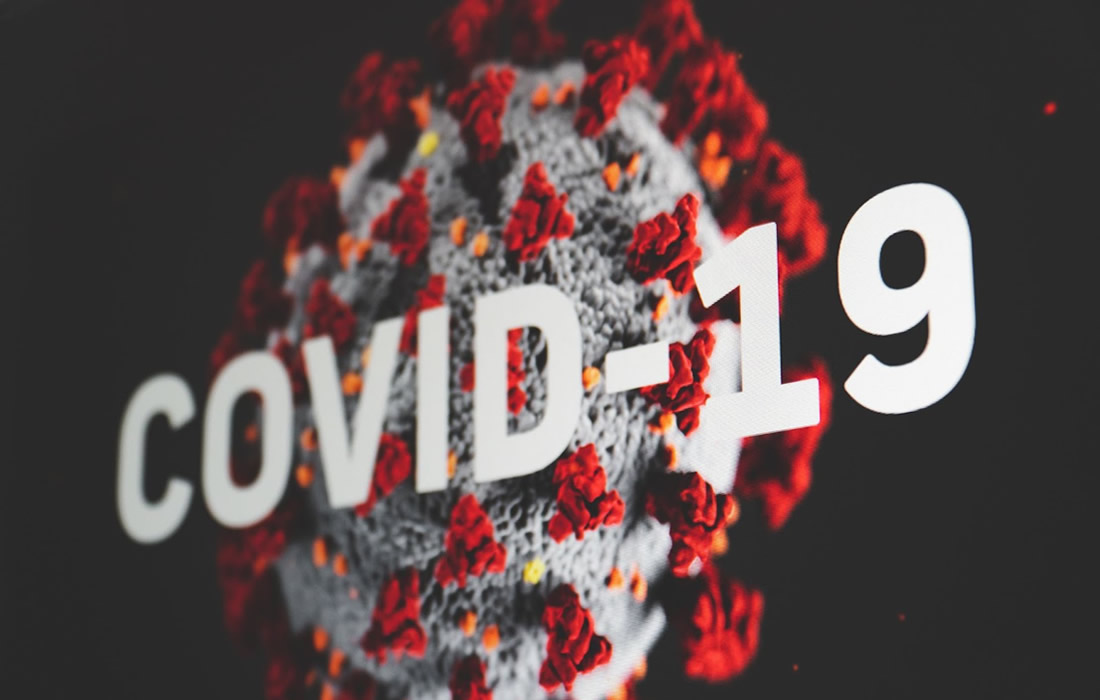COVID-19
New Insights into COVID-19: Why Coronaviruses Are So Good at Jumping from Species to Species
COVID-19 has killed almost 7 million people around the world. Thankfully, the availability of vaccines and the increase in population immunity means that the virus is no longer the threat it once was to most people. With the expiration of the United States’ official Public Health Emergency in May, most Americans have largely returned to lives similar to the ones they knew before the pandemic emerged in 2019. But COVID-19 continues to evolve and change, and scientists are keeping a close eye on it so that they can take quick action if a more dangerous variant emerges. They also continue to monitor other coronaviruses in case they jump to humans and become the next great public health threat.
As part of this effort, Kasson and his team wanted to better understand how the virus responsible for COVID-19, SARS-CoV-2, can enter human cells. Scientists have known that the virus essentially knocks on the cell’s door by binding to ACE2 proteins. These proteins are bountiful on the surfaces of cells lining the nose and lungs.
SARS-CoV-2 can also bind with other proteins, however. Was it possible, the scientists wondered, that it could use those other proteins to infiltrate cells? The answer was yes. ACE-2 was the most efficient route, but it was not the only route. And that suggests that the virus can bind and infect even cells without any ACE-2 receptors at all.
That unexpected finding may help explain why coronaviruses are so adept at species-hopping, Kasson says.
That versatility suggests that coronaviruses can use multiple “doors” to enter cells, potentially explaining how they are so good at infecting different species.
“The virus that causes COVID-19 uses ACE2 as the front door to infect cells, but we’ve found that if the front door is blocked, it can also use the back door or the windows,” said researcher Peter Kasson, MD, PhD. “This means the virus can keep spreading as it infects a new species until it adapts to use a particular species’ front door. So we have to watch out for new viruses doing the same thing to infect us.”
Sources:
Marcos Cervantes, Tobin Hess, Giorgio G. Morbioli, Anjali Sengar, Peter M. Kasson. The ACE2 receptor accelerates but is not biochemically required for SARS-CoV-2 membrane fusion. Chemical Science, 2023; 14 (25): 6997 DOI: 10.1039/D2SC06967A
University of Virginia Health System. “Surprise COVID discovery helps explain how coronaviruses jump species: New insights boost scientists’ efforts to stay ahead of COVID-19, next pandemic.” ScienceDaily. ScienceDaily, 14 August 2023. <www.sciencedaily.com/releases/2023/08/230814122326.htm>.
Images from:
Photo by Martin Sanchez
https://unsplash.com/photos/Tzoe6VCvQYg

